
Yogyakarta and Borobudur
First of all, my apologies for anyone who is getting confused as I do these posts out of order. I’m really trying to get all caught up on Asia so I can focus on Europe but I still have three posts to go including this one. To recap: from Singapore we flew to Jakarta and from there we took a breathtakingly beautiful train ride across Java to Yogyakarta.
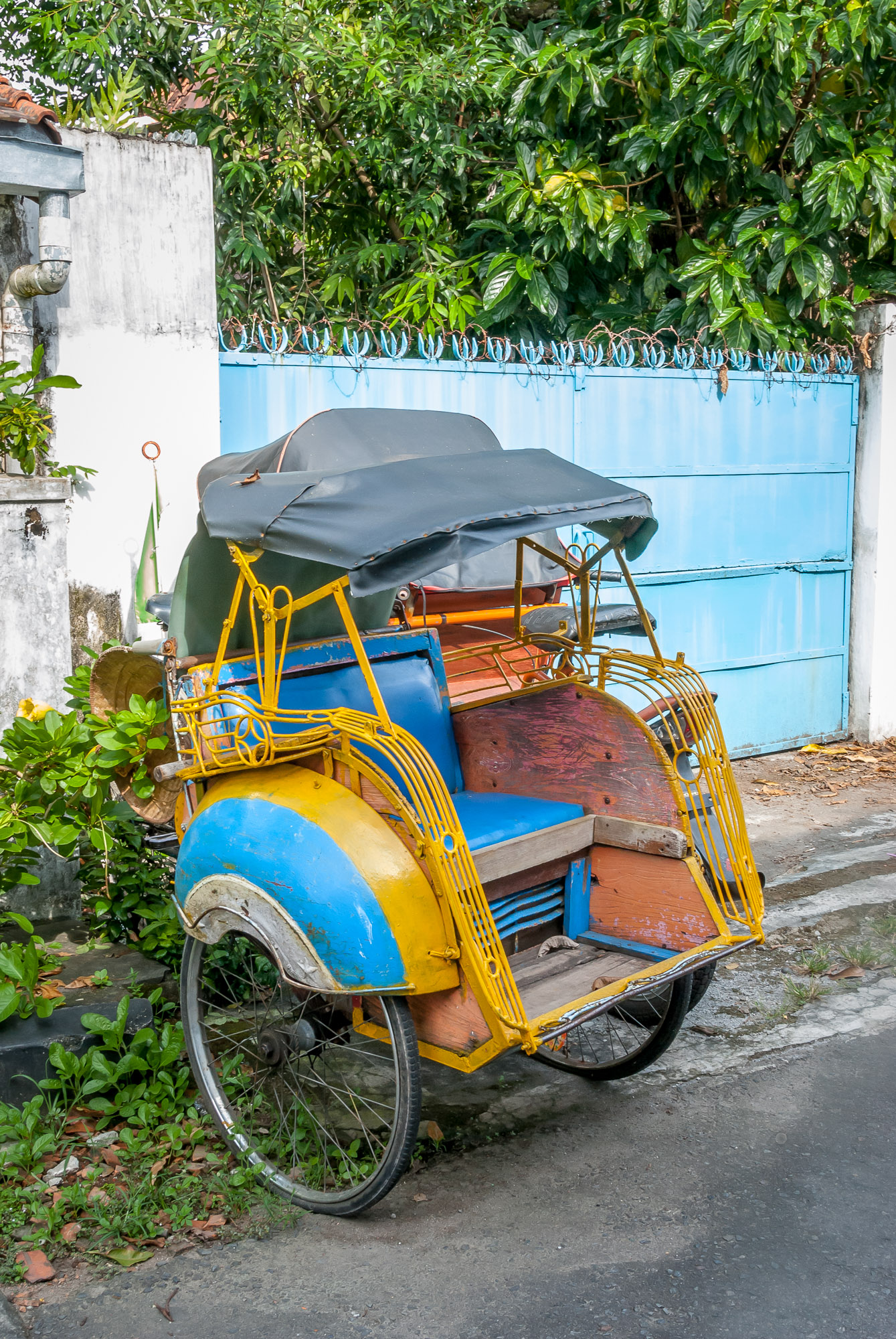
Yogyakarta is an awesome little city. After the chaos and grit of Jakarta we were ready to see a different side of Java and we definitely got that here. The older part of the city consists of low houses, many with gardens in front, surrounded by whitewashed walls.
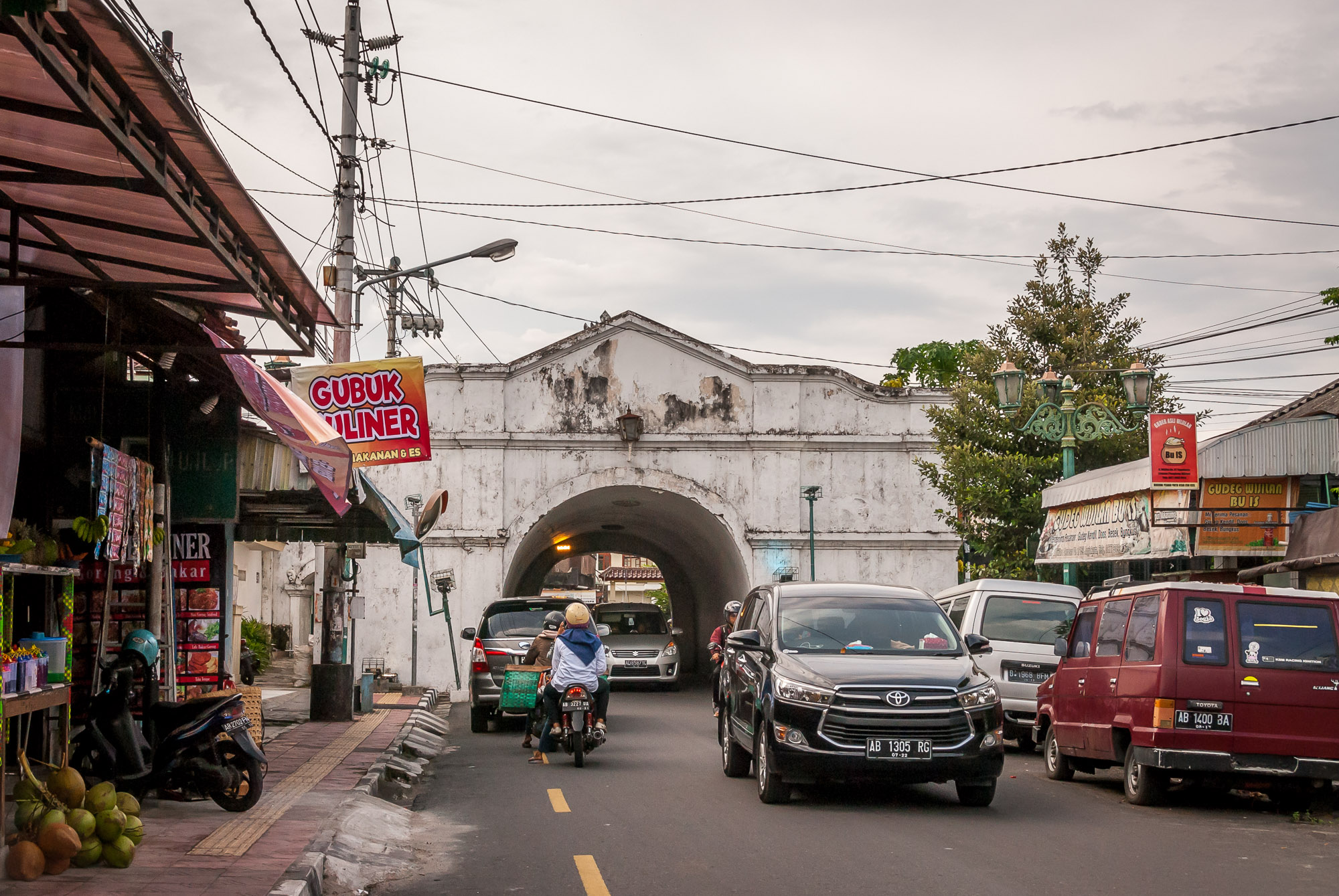
Our hostel was located around the corner from a large park which filled with food stalls and picnickers every night. Our first night there we wandered by and were shocked and amused to see the road circling the park filled with ‘bling bling cars’. (I’m not sure these are actually what they are called but I read the term on another blog.)
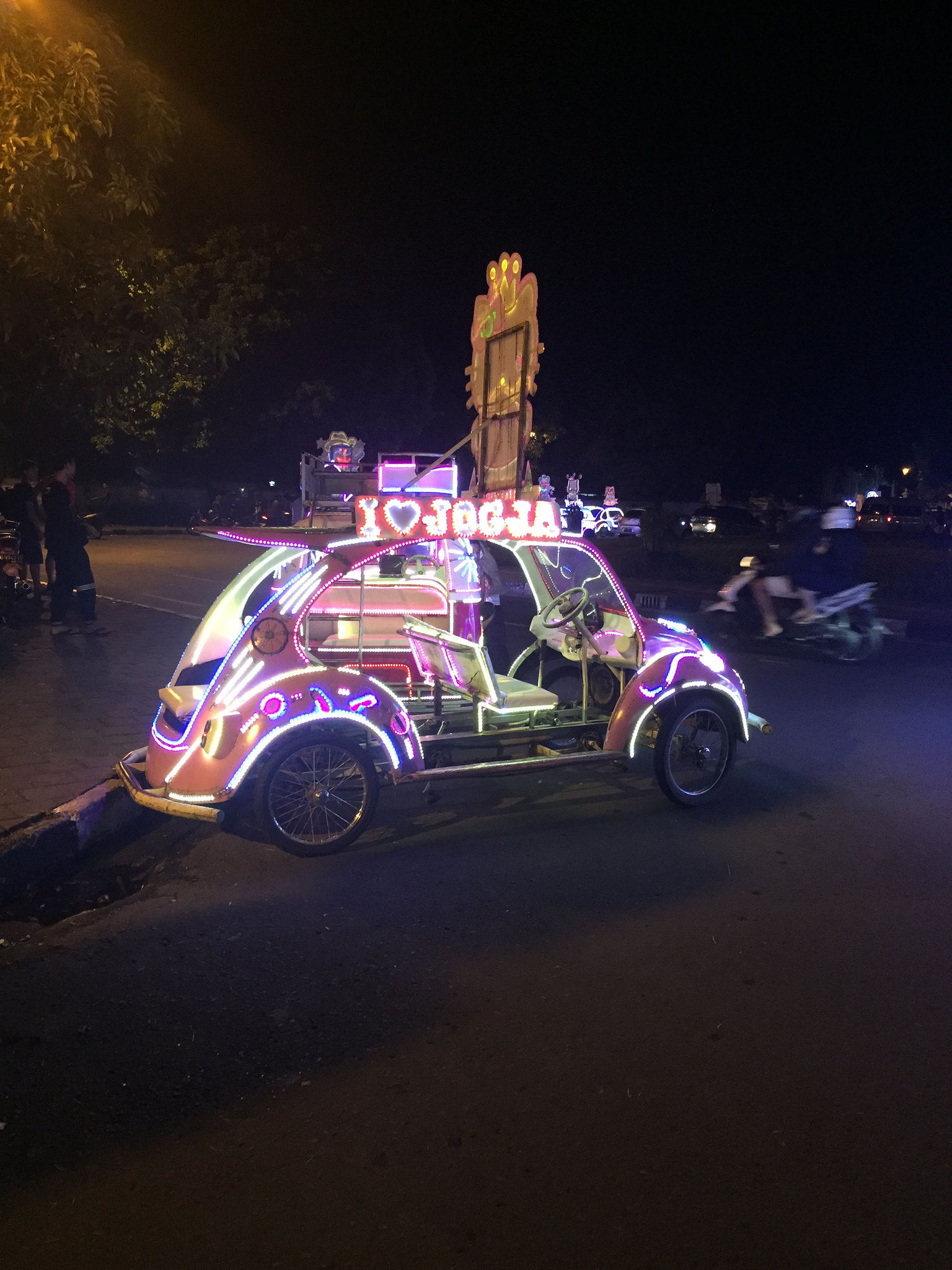
Basically these ‘cars’ consist of the shell of a Volkswagen bug or bus covered in colorful lights and with foot pedals and a speaker system installed. You can rent one and cruise around the park. And the park was filled with them every night we were there! The best part is that this ridiculous and hilarious custom isn’t aimed at Western tourists. We were invited to join in but most of the people cruising around the square appeared to be locals with maybe a few visitors from other parts of Indonesia.
Yogyakarta doesn’t have a ton of major sites to see within the city itself. One of them, the Kraton or Sultan’s Palace, we missed because it only open to the public for a few hours a day. Yogyakarta is still a sultanate within Indonesia with the current sultan functioning as a kind of governor for the region.
The other major tourist attraction, which we did make it to, is the Water Castle. Built in the 1700s, this complex served as a retreat for the Sultan and his family. It fell out of use by the mid 1800s and much of it was damaged or destroyed before restoration efforts began almost 100 years later.
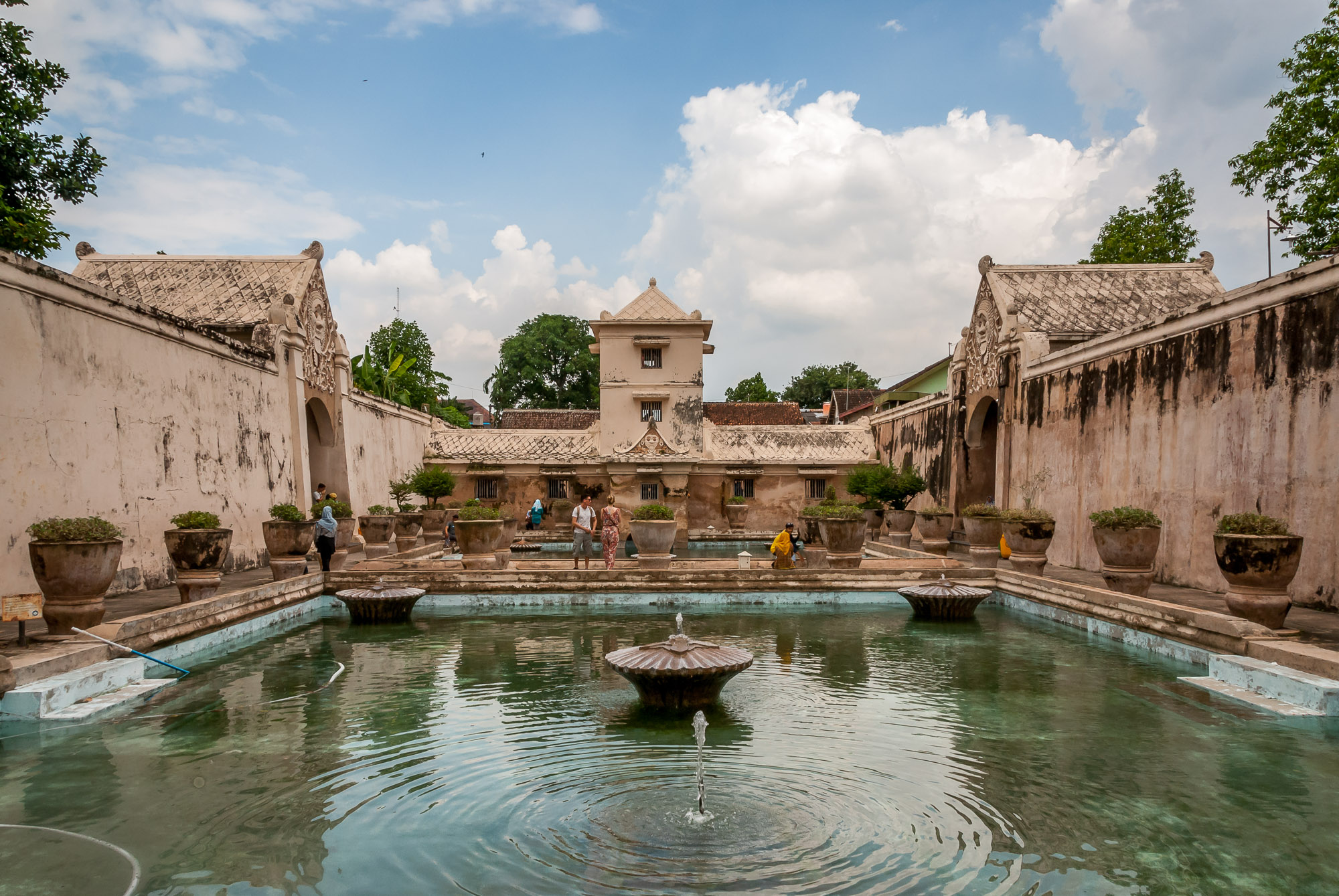
I loved wandering around this strange and beautiful complex. There were decent sized crowds at the main buildings but Dan and I basically stumbled into a whole other section with smaller buildings and we were the old ones there.
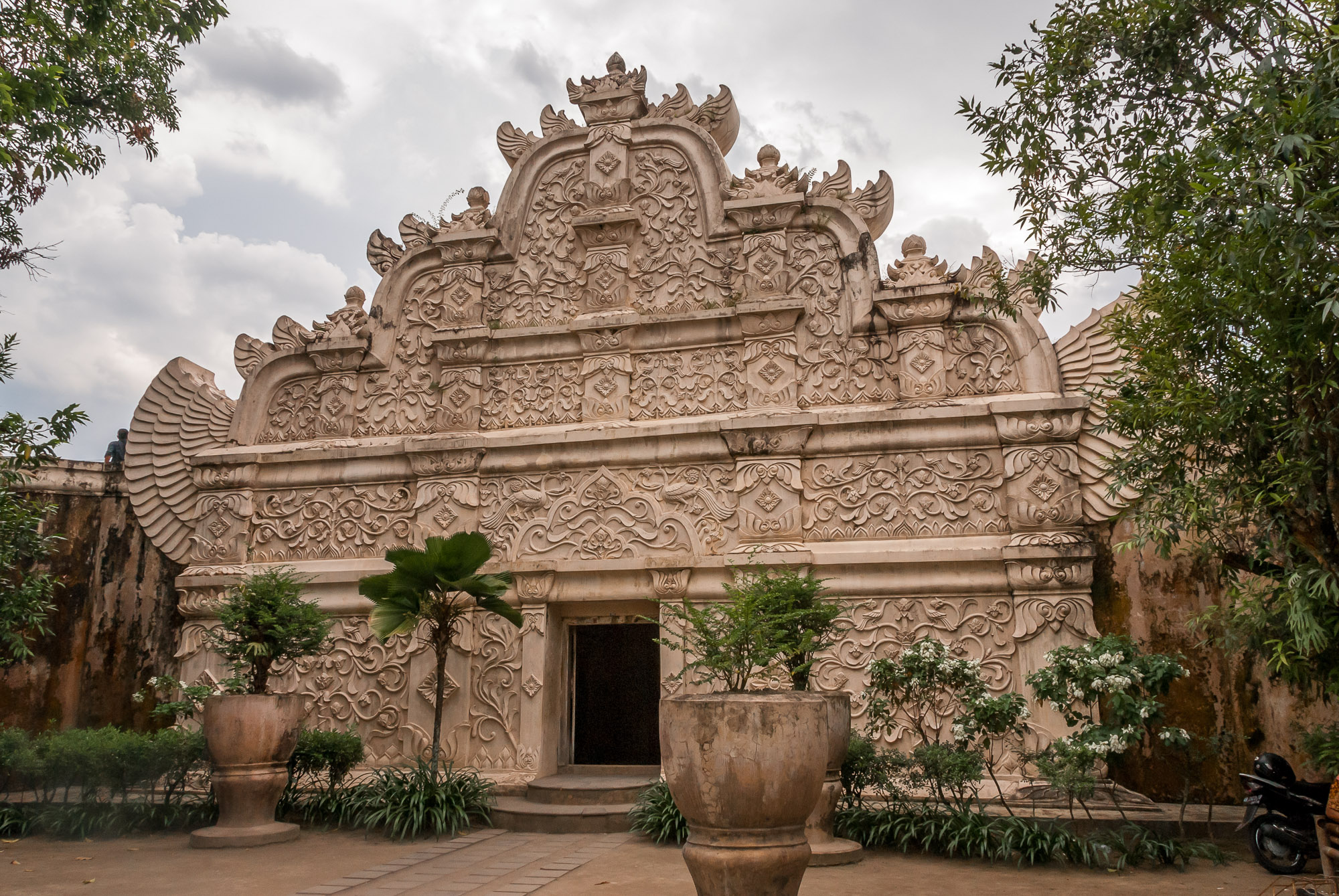
Located about 45 minutes outside the city itself, one of the biggest draws for Yogyakarta (and a big reason we went there) is the Borobudur temple.

Borobudur is the largest Buddhist temple in the world. It was built in the 9th century but abandoned in the 14th. After it’s abandonment it remained a part of local knowledge but was unknown to the rest of the world until Javanese natives showed it to Sir Thomas Raffles, British ruler of Java, in 1814. Since then it has undergone massive restoration efforts and is now a major site of Buddhist pilgrimage.
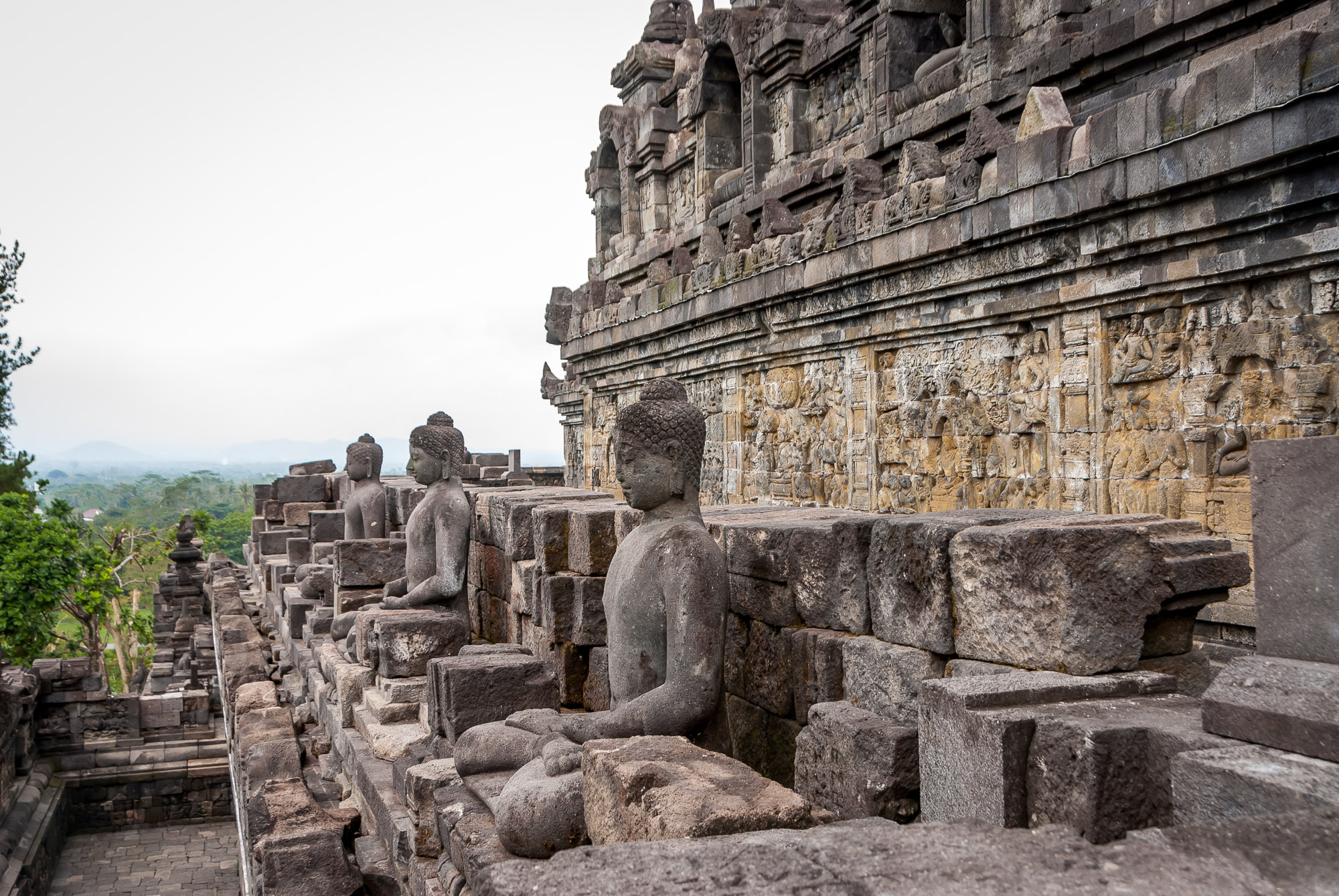
The temple is pyramid shaped, consisting of six levels. Each level has a path allowing visitors to circumnavigate it and admire the intricate bas-relief carvings that cover the walls.
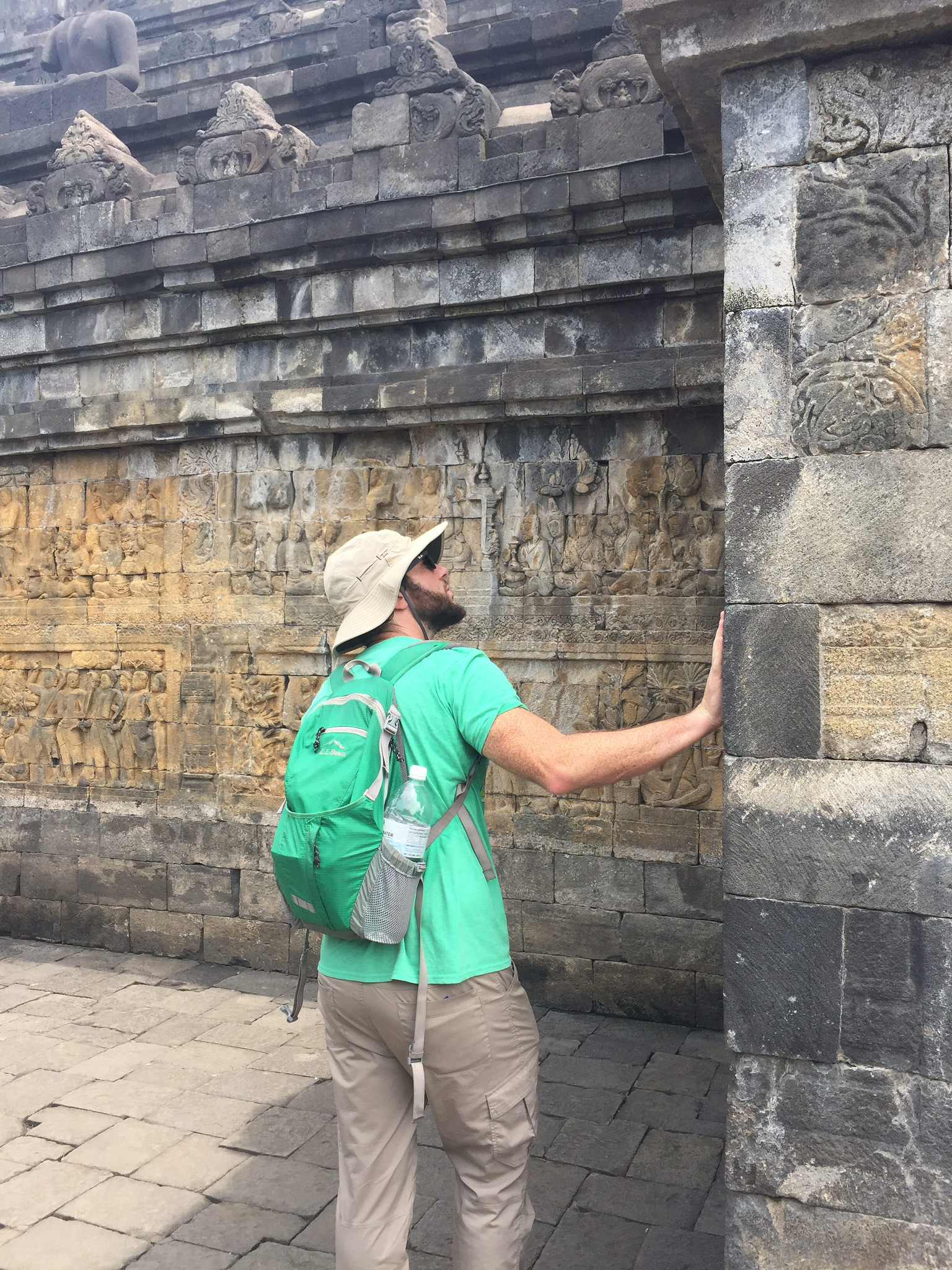
What really surprised us was how many visitors skipped encircling the various levels and headed straight up to the top to take a photo and then straight back down again. As soon as we turned a corner off the main staircase we would often be the only ones there. It seemed like kind of a shame but, hey, it made the experience all the more peaceful for us.
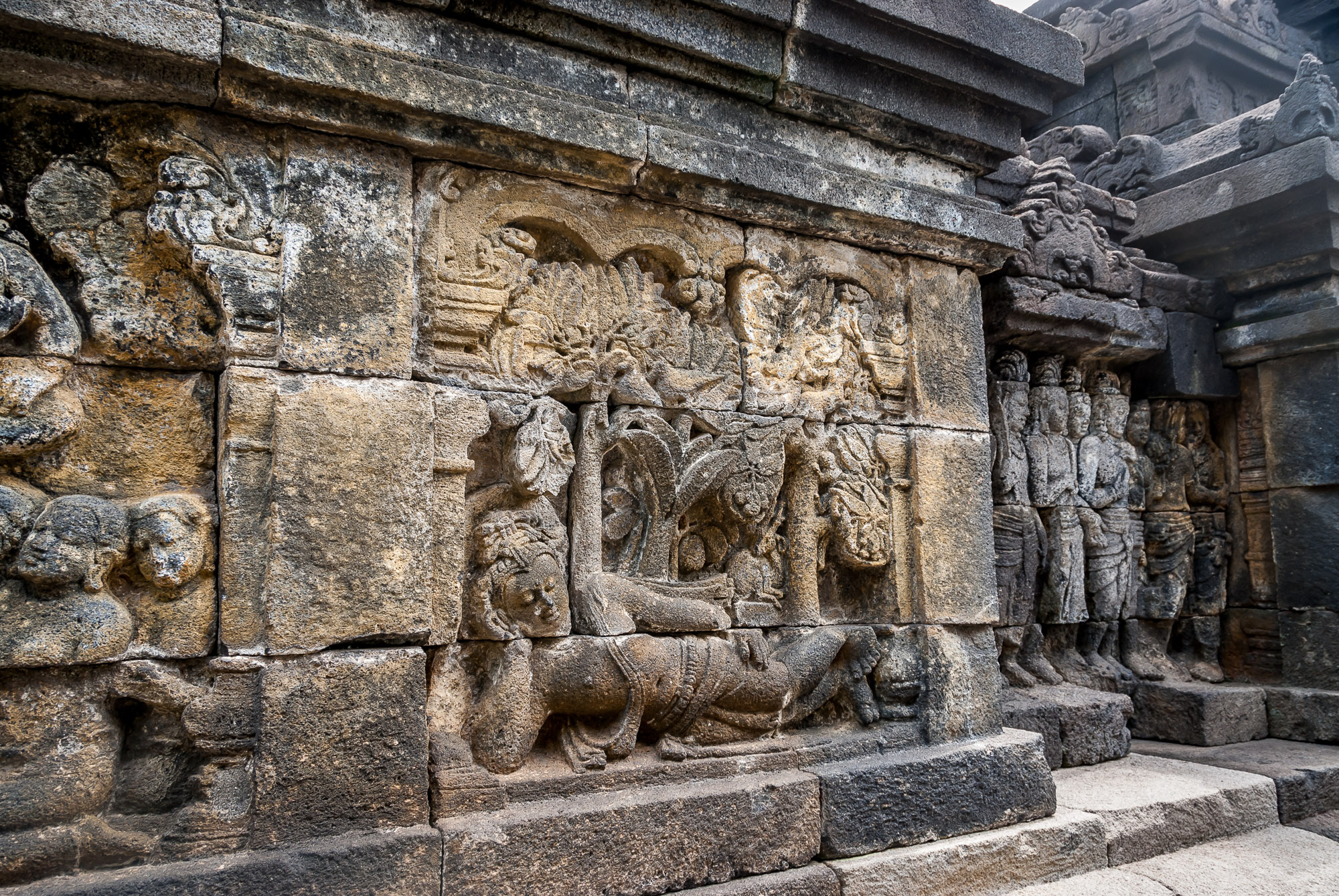
It was also surprising how few foreign tourists make it to Borobudur at all. Compared to the hoards that we saw at Angkor Wat, Borobudur felt empty. Apparently white visitors are rare enough that several Indonesians asked to take their picture with us during our visit.
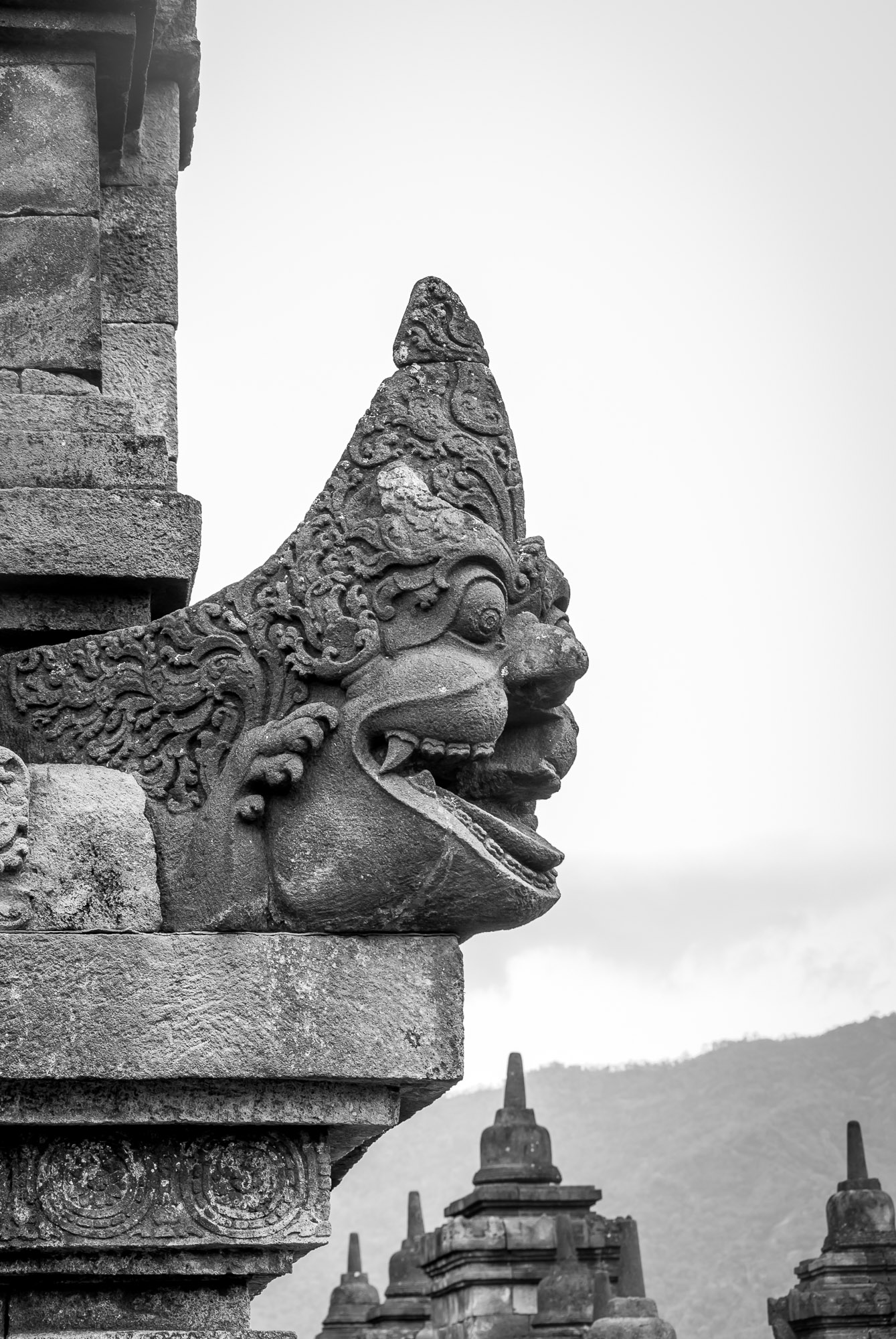
When we finally reached the top level we were greeted by an array of perforated stupas, each with a Buddha statue inside.
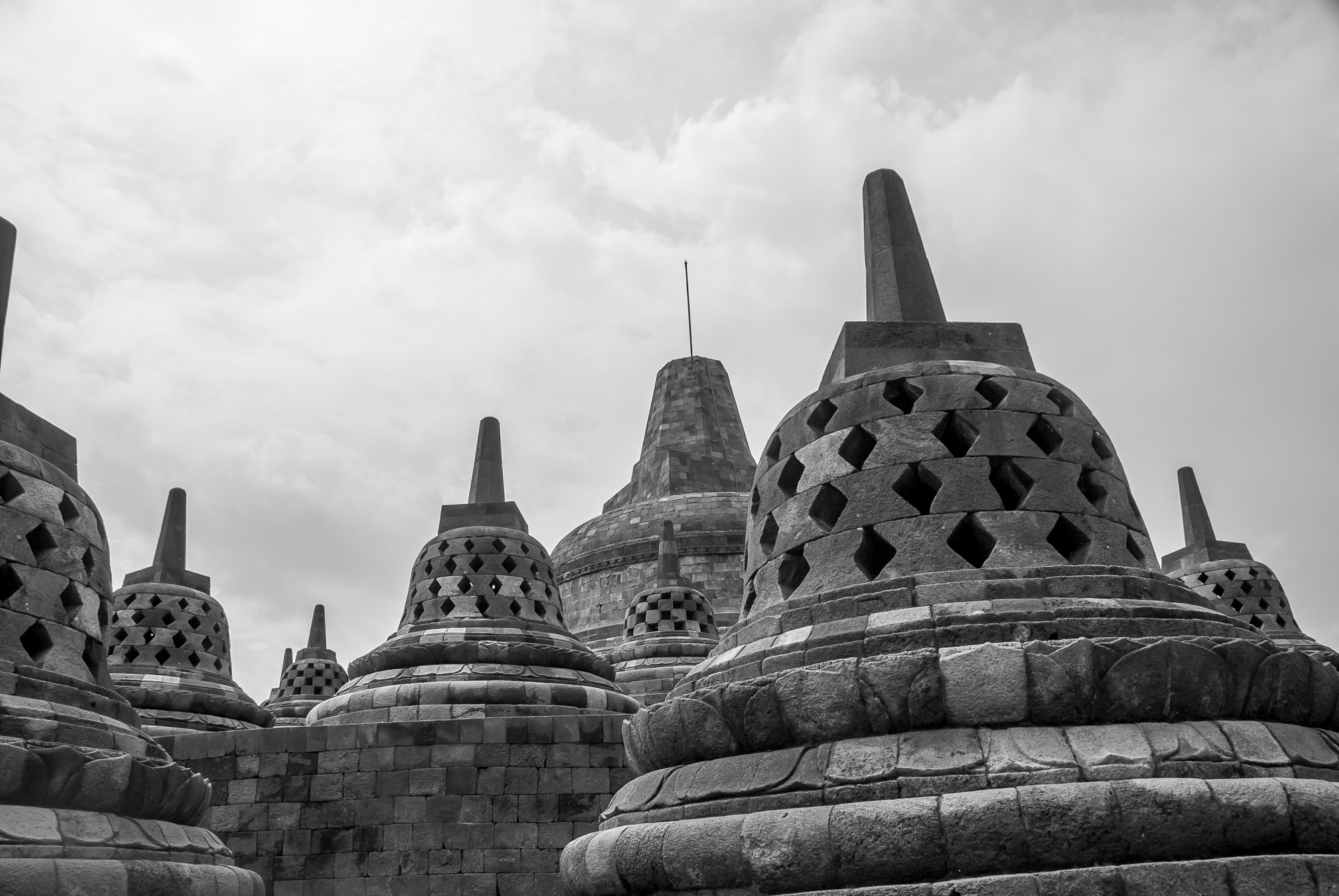
Borobudur is a unique and dramatically beautiful place. I love the story of such an amazing structure basically lost in the jungle before being restored to its former glory. This trip has given me a new appreciation for the richness of human cultural history. I am so grateful to organizations like UNESCO for making sure places like this actually exist for us to experience first hand.